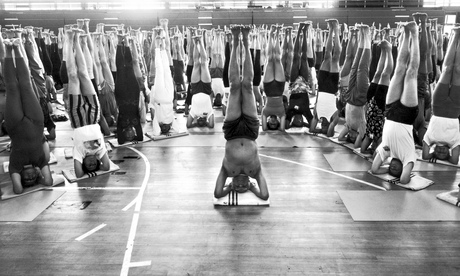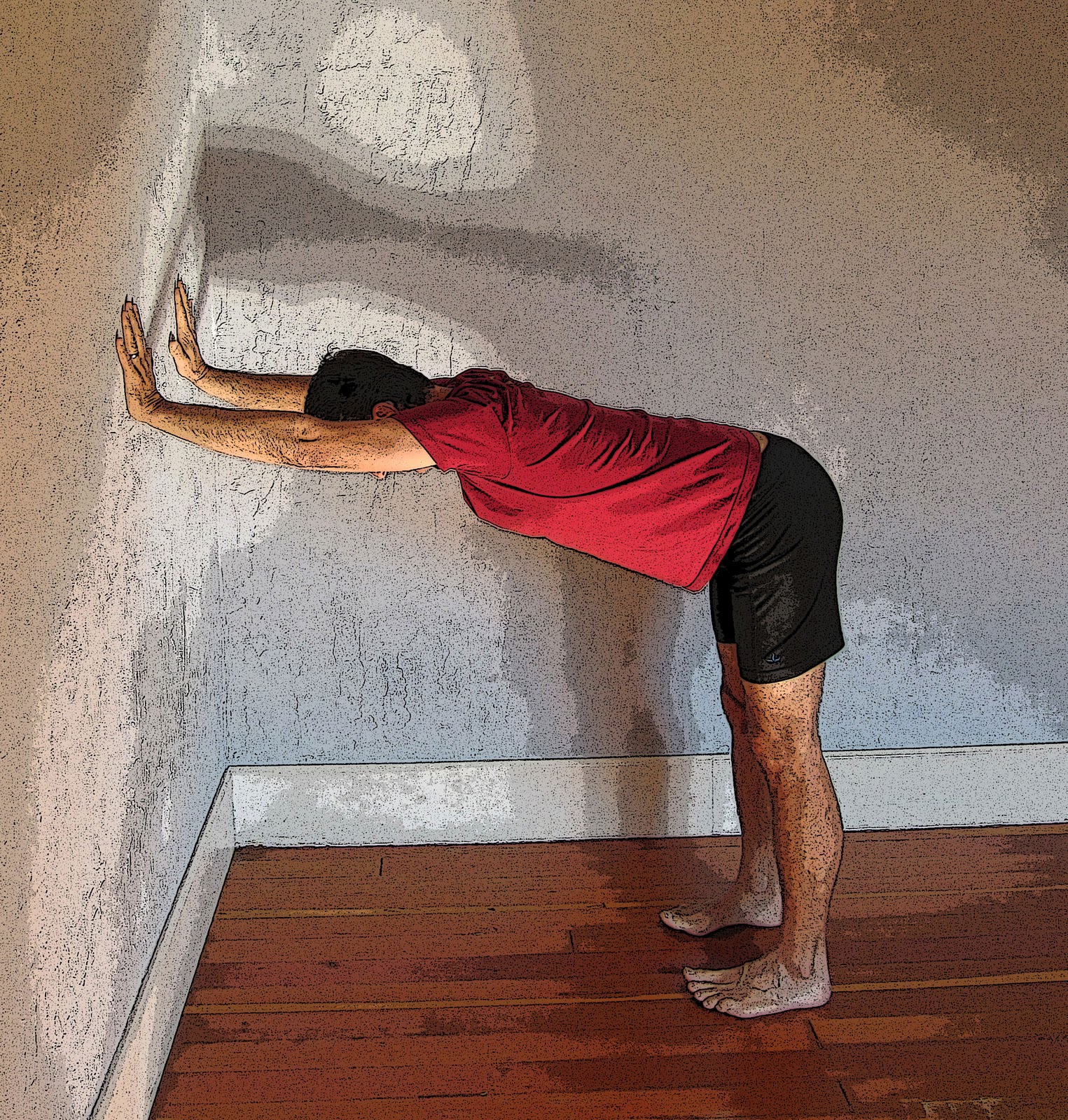 After working on my general blog all week, which includes some info about my ashtanga retreat in Sri Lanka, I’m tempted to write about nethra vyamamam (yogic eye exercises). My eyes are burning after staring at the computer screen all day and I haven’t done these practices regularly in years. Alas, I’ll stay on topic: fitting pranayama into the day. Lauren asked how to fit it in when not practicing asana, and Amy wants to know the same.
After working on my general blog all week, which includes some info about my ashtanga retreat in Sri Lanka, I’m tempted to write about nethra vyamamam (yogic eye exercises). My eyes are burning after staring at the computer screen all day and I haven’t done these practices regularly in years. Alas, I’ll stay on topic: fitting pranayama into the day. Lauren asked how to fit it in when not practicing asana, and Amy wants to know the same.
To Lauren, I say try to get a little bit of asana in every day, even if it’s just a long adho mukha svanasana (down dog) or a surya namaskara (sun salutation) or two. Even viparita karani (legs up the wall) is better than nothing. If you have ten minutes, consider these.
I try to do five minutes of pranayama in the morning or before bed. If I’m energetic, I just sit down and do it. If I’m exhausted, I make my way into legs up the wall and rest there a few minutes. Then I begin some gentle pranayama. If it’s morning, I might sit up afterward and do more vigorous pranayama if I have time, and end with a savanasa (corpse pose). If you don’t have five minutes? You need pranayama even more than when you do. Squeeze it in! It will create the space you need to minimize stress by stepping back so that you don’t overreact to situations and make small problems bigger by creating mind storms (vritti) over little things, like unpleasant service or a missed subway.
Which techniques I choose are similar to what I’d choose for a class, mentioned in the last post.
 I suspect you want some ideas about pranayama on the subway and at your desk. Yes, you can take a 5 minute break and breathe. You know this—the real question is how to create the discipline to do it. Creating a habit is probably the best option. “Habit is a cable; we weave a thread of it each day, and at last we cannot break it” (Horace Mann). Until the habit is formed, make yourself take a break for pranayama everyday at the same time daily, or when you are doing something specific, like riding home on the train, or when you begin to feel a certain way. After hours at the computer, I begin to feel a bit spacey. That’s my time.
I suspect you want some ideas about pranayama on the subway and at your desk. Yes, you can take a 5 minute break and breathe. You know this—the real question is how to create the discipline to do it. Creating a habit is probably the best option. “Habit is a cable; we weave a thread of it each day, and at last we cannot break it” (Horace Mann). Until the habit is formed, make yourself take a break for pranayama everyday at the same time daily, or when you are doing something specific, like riding home on the train, or when you begin to feel a certain way. After hours at the computer, I begin to feel a bit spacey. That’s my time.
Obviously, your choice of pranayama will be somewhat determined by where you are. In public, apa japa, deergha swasam or the krama breath are good choices. If your work space is somewhat private, you can do almost anything that won’t get in the way of your ability to return to what you were doing (nothing too intense). Make a note of how you feel after each exercise. If time permits, write it in an email or in your calendar so that you can reflect on how it’s helping. This can help to ingrain the habit.
If you find that you have trouble making yourself practice, do pranayama before whatever you usually do—before you open your book or ipod on the train, before tea, coffee, or chocolate, before calling a friend or searching out co-workers at the water cooler (Andrea). And make sure you’re practicing pranayama regularly with a teacher, which can be inspirational itself. If your teacher doesn’t do pranayama, ask if s/he’ll start. Many teachers are shy to instruct it because they think it’s not wanted.
In researching yoga blogs, I happened upon this bit about going home and getting on the mat instead of the internet, even for a minute. Yes! For me, that minute can turn into a 90 minute practice—even when I’d thought I was hungry.
—



